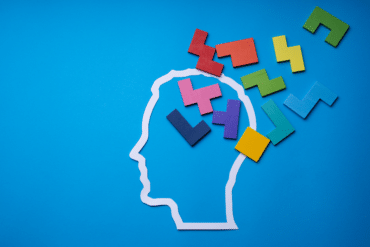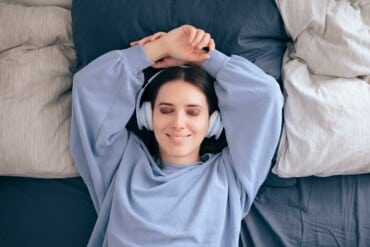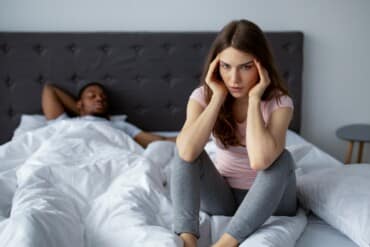Trouble sleeping?
Are you exhausted through the day, yet you never seem to get a full night of sleep during the night?
Maybe you’re always struggling to iron out the proper sleeping schedule, which means that you’re frequently trying to make up for lost rest on the weekends?
If any of that sounds familiar, then you’re not alone. Countless people around the world suffer from sleep issues. In fact, according to the Sleep Health Foundation, one in three people have at least mild problems with insomnia. That’s a lot of lost Zs altogether.
So, how do you improve your sleeping strategy and start getting the rest that you need?
It’s a lot simpler than you’d think.
With a sleep hygiene checklist, you can create the perfect environment for sleep in your home each night.
This scrubs away bad sleeping habits and boosts your chances of waking up refreshed, happy, and ready to tackle the day.
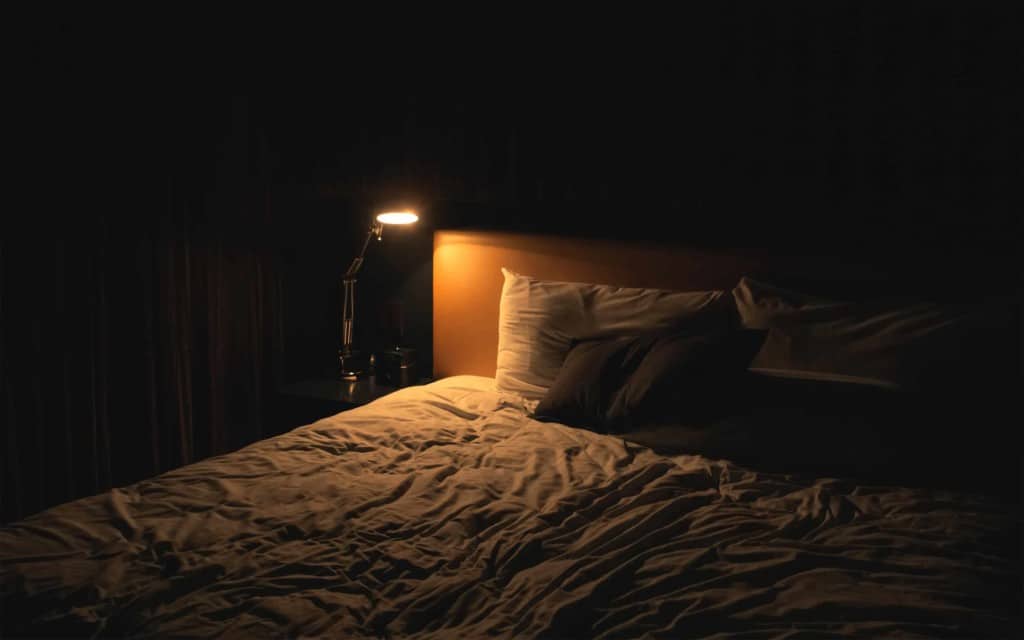
Why everyone needs a good sleep hygiene checklist
Health and wellness trends can often vary in our ever-changing culture.
Heck, we’ve seen the growth of everything from juicing to eating endless amounts of kale and more.
However, no matter what kind of trends you’ve tried over the years, one thing remains constant — plenty of sleep will always be good for you.
A useful sleep hygiene checklist ensures that you’re prepared to make the most of your restful moments when the lights are off, and you’re snuggled up under your favourite blanket.
“Sleep hygiene” is a fancy way of saying “sleeping habits.” The behaviors and rituals that you put in place to support your sleep each night can even help you or hinder your health — it all depends on you.
If you’re constantly tired, always have trouble falling asleep, or you can barely force yourself to wake up each morning — then there’s a good chance you’re struggling with poor sleep hygiene.
Updating your sleep routine with the following advice could help you to transform your life for good.
Just remember that it can take a little while for adjustments in sleep hygiene routines to take effect. Your body and mind need a while to adapt to something new.
Make sure that you stick to your new strategy for a while, and you will begin to see results.
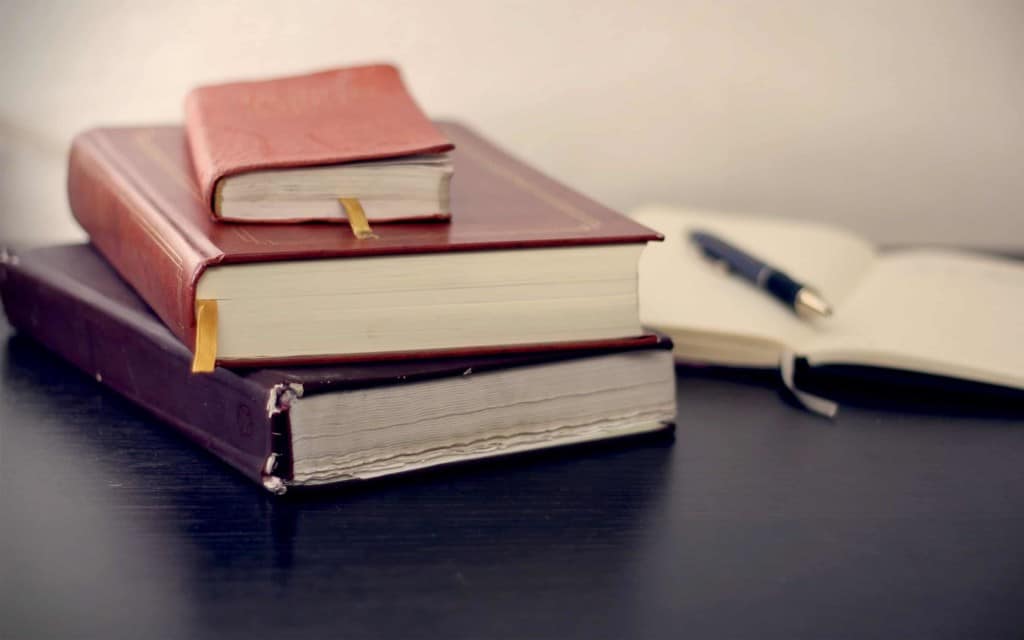
Your sleep hygiene checklist part 1: Scheduling sleep
The first stage in any sleep hygiene checklist is scheduling your sleeping pattern.
A strong schedule, complete with a set time when you go to bed and wake up every morning (including on weekends) is critical to your long-term success.
If you can go to bed and wake up at the same time, then you can set your body’s internal clock to prioritise sleep at specific times of the day.
Scheduling sleep means you need to:
Know how much sleep you need
A good sleep hygiene checklist depends on your ability to understand exactly how much sleep you need. Most people assume that eight hours a night is the standard, but scientists suggest that most people need about 7-9 hours.
If you haven’t found your sweet spot, start with the average, 7.5 hours, and add more time in intervals of 30 minutes if you think you need extra rest.
Establish a regular and relaxing routine
Establishing a relaxing routine is also crucial, as it helps your body and mind to transition from a period of wakefulness to a state where sleep is easy to access.
Consider meditating before bed, taking a bath to promote thermoregulation (body temperature management), or reading a book to help yourself relax.
Remember, avoid any stressful activity that could keep you awake, such as answering emails or responding to work requests.
Make a sleep plan
A “Sleep plan” essentially determines when you’re going to wake up and go to bed each day. After all, if you know you need 8 hours a day, you don’t necessarily need to sleep from 12 am to 8 am.
Your schedule will depend on your lifestyle, and whether you’re an early bird or a night owl. Research shows that people who sleep and wake at the same time each day are less likely to be obese, suffer from long-term health issues, and more.
Remember, your sleep plan needs to remain consistent — even on the weekend.
Prioritise sleep
For your sleep habits and hygiene checklist to work, you need to take rest seriously. In today’s fast-paced world, it’s easy to tell yourself that you’ll “sleep when you’re dead.”
However, plenty of rest is far more important than working for an extra hour each night, or binge-watching Netflix.
Remind yourself that plenty of sleep will help you to wake with better looks, a clearer head, and improved health – both mentally and physically.
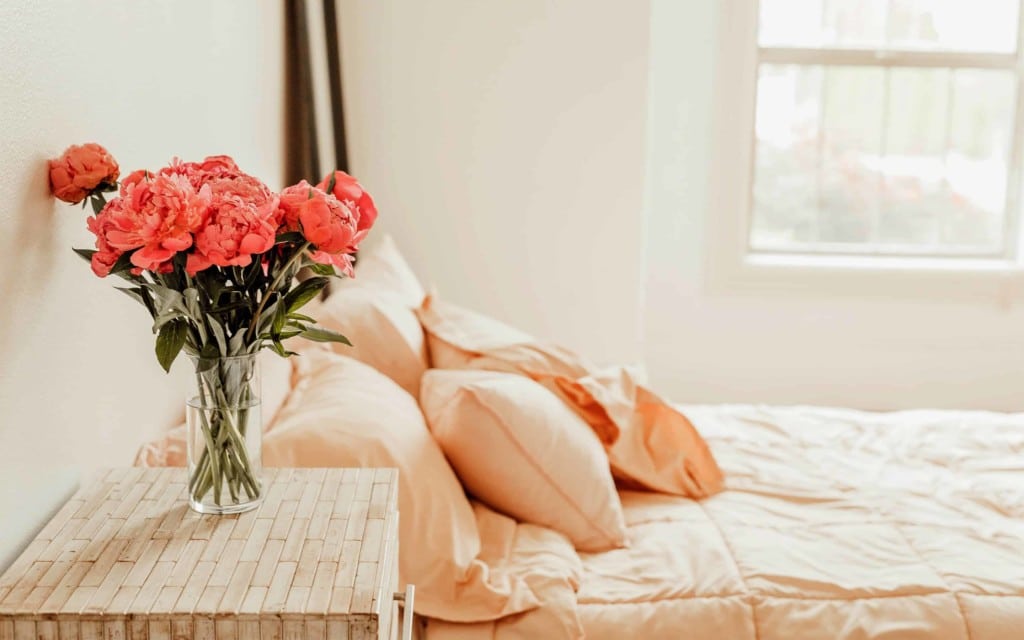
Your sleep hygiene checklist part 2: Creating a restful atmosphere
Scheduling your sleep puts you in the right mindset for good sleep hygiene.
However, it’s not just your mind that needs to be clean and clear for your new routine to work. It’s also essential to create a sleeping environment that’s pleasant, relaxing, and comfortable.
The bed needs to be cosy, the room should be dark, and whatever you do, keep distractions to a minimum.
Remember to:
Block out all light
Light is the enemy of sleep. It tells your body that you should be awake, because when the sun’s up — we usually are too.
Block out light as much as you can during the night with black-out blinds and curtains but remember to let that sunlight stream in on the mornings, as it will help you to wake up.
Additionally, remember that blocking artificial light—particularly blue lights—can be essential too. Dim the brightness as much as you can when using your phone before bed or try to avoid electronics entirely in the last hour before you sleep.
Make yourself comfortable
Have you ever noticed how much easier it is to get to sleep when you’re in the perfect position? If you’re sleeping on an uncomfortable and lumpy mattress, then it’s going to be extra tough to find that ideal place for sleep.
Make sure that you invest in new pillows and cushions when you need to – opting for something that can support your body perfectly. This might mean testing out a few beds before you find the right one.
Keep the temperature low
Although it often feels easier to sleep when you’re warm, keeping the temperature low during the night is better for your thermoregulation.
The human body has evolved to sleep at night when the temperature in the world naturally drops due to a lack of sunlight.
A cool bedroom will stop you from tossing, turning, and sweating while you sleep.
Reduce noise
It’s not always possible to block out every noise when you’re trying to fall off to sleep — particularly if you live in a city.
However, you can take some steps to diffuse the noise pollution that bothers you each night. Invest in double glazing for your windows, consider a pair of earplugs, or even think about playing white noise to help you get to sleep.
Find out what works for you and stick with it.
Manage your sleeping arrangements
We automatically assume that when we’re in a relationship, we have to sleep next to the other person to prove that we love them.
However, sometimes coupling up with your partner can mean sleeping less. If you have a hard time getting enough rest, then you might find it’s easier to have separate beds.
If sleeping separately means that you have fewer arguments caused by exhaustion — isn’t it worth a try?
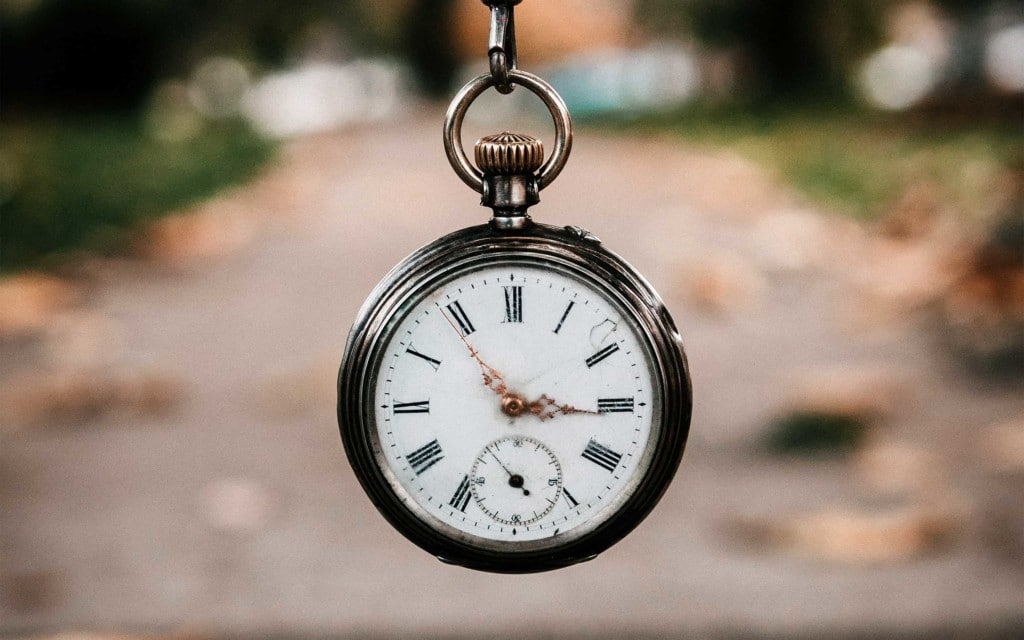
Your sleep hygiene checklist part 3: Maintaining a routine
Often, creating a good sleep hygiene checklist is all about finding and following a routine that lulls you into a deep and restful sleep each night.
If you follow the same ritual every day, then you’ll be more likely to build a stronger sleeping routine.
So, how do you maintain a routine that suits you?
Put smartphones and TV to bed early
These days, we all seem to be obsessed with technology. When you come home from work each night, there’s a good chance that you spend a few hours settled on the sofa, watching your favourite shows or binging Netflix.
The programmes that leave you on the edge of your seat can be challenging to turn off—even when you know it’s time to rest—which leaves you watching until the very last second.
On top of that, we’re all always connected to our smartphones, using them to browse through social media until the second we fall asleep.
Staying “plugged in” for too long, however, exposes your eyes to a lot of artificial light and stimuli which convinces the brain to remain active.
If you want to get to sleep on time, it’s best to give electronics the boot at least an hour before your scheduled bedtime.
Reserve your bed for sleep
Speaking of bedtimes, your body and brain should know exactly what going to bed means. In other words, your bed needs to be there exclusively for sleep and sex — nothing else.
If you reserve your bed mostly for sleeping, the very act of lying in it will be enough to trigger your mind into “sleep mode.”
Countless sleep hygiene studies have proven that people get better sleep when they avoid just “hanging out” in their beds to read, watch movies, or chill with their other half.
Getting used to the habit of working, surfing the web, or studying in bed just makes your brain confused and ensures that you’ll struggle to switch off at night.
Get plenty of daytime exercise
Exercise during the day helps you to sleep better at night — it’s that simple.
According to the Centre for Disease Control, getting around 150 minutes of moderate-intensity activity a week is excellent for managing your weight, improving your overall health, and getting your sleep hygiene checklist in shape.
However, you shouldn’t be exercising too close to bedtime.
According to one study, subjects that exercised vigorously within an hour of their bedtime had a much harder time going to sleep, because their heart rates took longer to slow down.
Ideally, your exercise routines need to finish around 3 hours before your bedtime.
Expose yourself to sunlight
Speaking of taking steps to improve your daytime routine — don’t forget to expose yourself to plenty of sunlight too. At night, it’s essential to sleep in a very dark room.
However, during the day, a good dose of sunlight will help you to sleep more soundly by regulating your circadian rhythm.
The brain relies on sunlight through the day to know when it’s time to be alert and awake. The more natural light you soak up, the more your mind and body can remain in tune with the natural cycle of day and night.
This means that your brain associates darkness more readily with the end of the day, and the time to sleep. People who do shift work have to be extra careful when managing their light exposure as they’re awake, when it’s pitch black outside.
Go to bed when you’re sleepy (not just tired)
There’s a difference between being sleepy and tired — particularly when it comes to managing your sleep habits and hygiene checklist.
When you’re sleepy, your mind and body are ready to fall asleep. On the other hand, you can be exhausted without feeling at all prepared to sleep — which often leads to tossing and turning.
To make sure that you’re going to bed when you’re sleepy, set a cool-down time of about an hour or thirty minutes before you’re ready to start drifting off.
This could be a time when you write down and discard the worries of the day, or just hang out with your pets. It’s totally up to you.
During that time, don’t do anything that could stimulate or stress your mind.
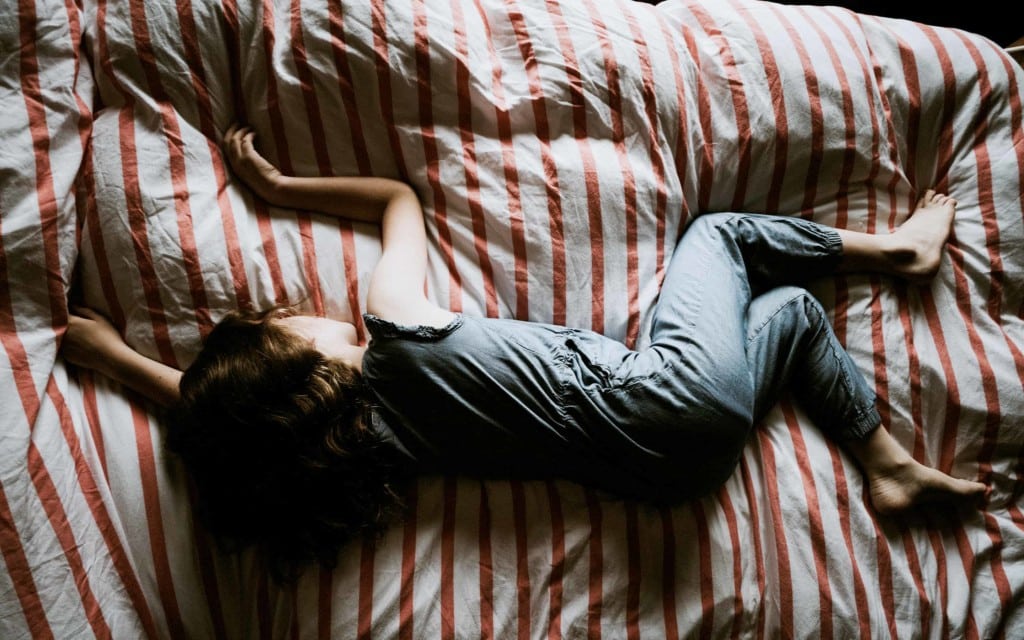
Your sleep hygiene checklist part 4: Avoiding sleep disrupters
Creating and following a good sleep hygiene checklist isn’t just about making sure that you have the right things in place to ensure a proper night’s sleep.
You’ll also need to take steps to remove anything from your routine that’s actively disrupting your rest too.
There are a lot of things that can prevent you from getting the right quality of sleep when you go to bed.
Exposure to stimulants like certain foods and drinks are a common issue, as is dealing with common feelings of stress. Make sure that you:
Avoid caffeine after lunch
According to estimates, more than 90% of Americans consume caffeine daily — from tea and coffee to energy drinks. While this substance will help to give you extra energy, they also lead to issues with insomnia and trouble sleeping.
The effects of caffeine can last all day long, which means that you’re best off removing this substance from your diet entirely if you have serious issues with sleep.
On the other hand, you can always try cutting your exposure to caffeine down a bit — so you only drink it before lunch, and not after.
Keep naps short — or eliminate them completely
We’re reluctant to badmouth naps too much in our sleep habits and hygiene checklist. That’s because napping can have a few benefits when you need them, including boosting your alertness and reducing feelings of stress.
However, there are things you need to do to nap successfully — like time your sleeping patterns correctly and keep naps short.
Avoid napping for more than 30 minutes a day to minimize grogginess. Additionally, remember that it’s best to avoid any naps after 3 pm.
Banish bad habits
We all have bad habits, but some of them are a lot worse for our health than others. For instance, if you regularly drink alcohol, you might have noticed that drinking helps you to go to sleep faster.
Unfortunately, alcohol also reduces the quality of your sleep, meaning that you’re less likely to get the kind of rest that you need.
Another dangerous substance that can harm your sleeping strategy is nicotine. Smoking close to bedtime releases a stimulant in your body, which leaves you feeling restless.
Habitual smoking also affects sleep in other ways — by leading to withdrawal symptoms during sleep.
Don’t overdo dinner
Eating a great meal that’s full of fantastic foods can be a great way to set the tone for a relaxing evening. However, if you eat too much, or consume the wrong foods close to bedtime, then you’re going to have a rough time with your sleeping pattern.
While you should never go to bed hungry, the key to a good sleep hygiene checklist is making sure that you keep your snacks relatively small and in the right food groups.
Stick to carbohydrates like hummus and crackers or toast and stay away from anything that’s loaded with sugar.
Reduce stress and relax
Stress is one of the biggest issues that can prevent you from getting a good night’s sleep. If tension is stopping you from getting a good night’s sleep, then look for ways that you can reduce your feelings of stress.
For instance, you could try meditation before bed, or consider writing your fears down so that you can get them out of your mind before you settle down to sleep.

Your sleep hygiene checklist part 5: Get some extra help
Sometimes, no matter what you do to improve your sleeping habits, it can feel as though you’re never getting enough sleep.
When this happens, your best option might be to speak to a doctor, as poor sleep may be a result of an underlying condition or issue with your health.
If your doctor finds that there’s nothing fundamentally wrong with you, try these steps:
Avoid the clock
Staring at the clock in your bedroom when you’re trying to go to sleep, or you wake up in the middle of the night isn’t going to help you much.
We tend to tell ourselves that if we can only go to sleep in the next few minutes, we’ll be able to get the right amount of rest to manage the day.
However, putting yourself under this pressure will only raise cortisol levels and make it harder to drift off.
If you can’t help but panic when you’re not sleeping well, try keeping your clock out of sight so you can’t obsess over how much time you have left.
Set aside time for make-up sleep
Sleep debt is a complicated thing. You can’t always make up for lost sleep by just getting more rest on the weekend or when you don’t have to go to work.
This is particularly true if you try to sleep all day to get yourself back on track. The more you sleep outside of your schedule, the more likely it is that you’ll end up struggling to get back into a routine.
However, adding an extra hour or half an hour to your schedule when you need to might help you to bounce back when you’ve been having a hard time with your sleeping pattern.
Try sleep meditation and aromatherapy
If your main issues with sleep are linked to the fact that you have a hard time “winding down” at night, then there’s always an option to try a bit of meditation.
For instance, mindful breathing can help to slow your heart rate and settle your body so that you’re able to drift off into a peaceful slumber.
At the same time, aromatherapy with lavender oils and other relaxing scents can also improve sleep and help you to drift off faster.
Experiment with meditation and aromatherapy techniques to see what works best for you. Remember, there are even guided meditation options out there that are specifically designed to support better rest.
Listen to your body
Finally, remember that everyone has different needs when it comes to sleep. You might find that the strategies that work on a sleep hygiene checklist for your friends and family aren’t as effective for you.
The key to success is listening to your body each day and discovering what you need.
As you continue to work on your sleeping plan, make sure you pay attention to how you feel each day. This will help you to figure out which strategies work for you.
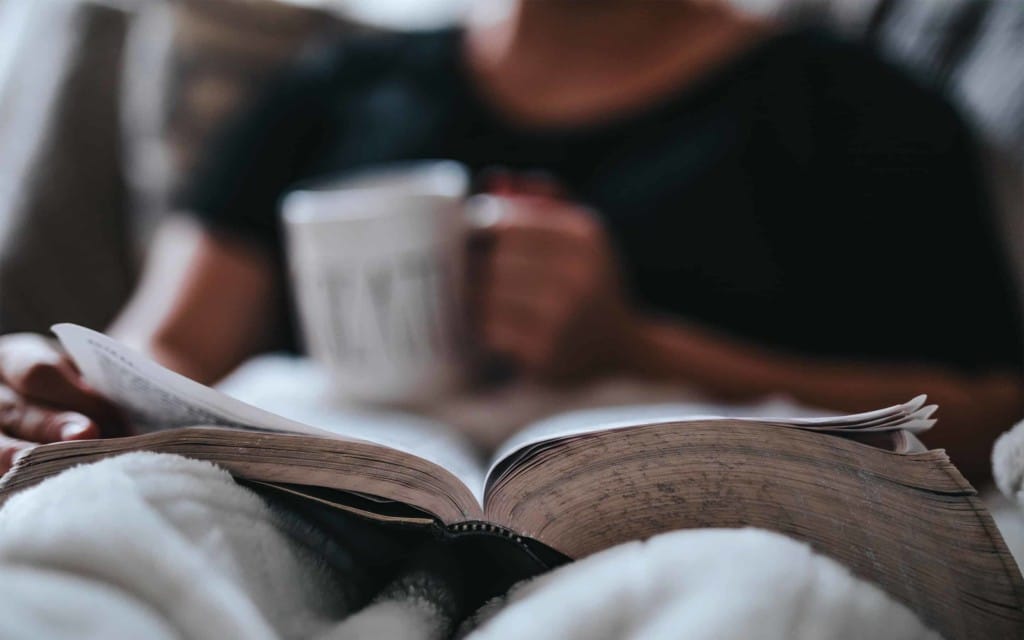
Making the most of your sleep habits and hygiene checklist
Following a good sleep hygiene checklist, every night will help you to fall asleep more quickly and enjoy a better quality of rest.
Sticking to a reliable schedule, developing a relaxing routine for bedtime, and creating an environment that helps you to doze off with ease ensures that you’re less likely to fall victim to things like insomnia. However, you can’t force sleep to happen.
The more you stress over the fact that your sleep hygiene checklist isn’t instantly transforming your sleeping patterns, the worse your results will be.
Remember, improving your sleep hygiene and habits will take time. Have some patience, and don’t be afraid to adapt your strategy when it makes sense.
Siestio. Sleep matters.
General advice disclaimer
This article contains general tips and advice. However, no diet or exercise program should be started without consulting your physician or other industry professional first. For more information read our full disclaimer here.






